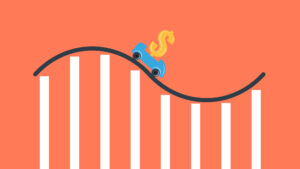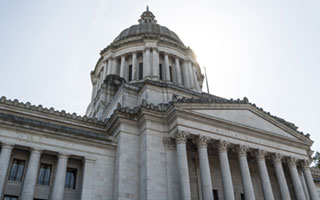 The National Bureau of Economic Research defines a traditional recession as “a significant decline in economic activity that is spread across the economy and that lasts more than a few months.” The committee looks at the three criteria—depth, diffusion, and duration—which must be met individually to some extent. Extreme conditions in one measure can partially offset weaker indications from another.
The National Bureau of Economic Research defines a traditional recession as “a significant decline in economic activity that is spread across the economy and that lasts more than a few months.” The committee looks at the three criteria—depth, diffusion, and duration—which must be met individually to some extent. Extreme conditions in one measure can partially offset weaker indications from another.
According to the federal Bureau of Economic Analysis, gross domestic product dropped by 1.6 percent year over year in the first quarter of 2022 and another 0.6 percent in the second quarter, according to the federal Bureau of Economic Analysis. Two consecutive quarterly declines in GDP would typically define a recession. That said, gross domestic income grew 1.8 percent in the first quarter and 1.4 percent in the second quarter, which puts a confident announcement that our economy is in a recession to be a precarious statement.
“All eyes remain on the consumer, and what is happening in retail is very important,” National Retail Federation Chief Economist Jack Kleinhenz said last week. “While consumers have become more cautious and cooled their spending in the first half of 2022, households continue to spend and are contending with inflation by using credit cards more, saving less, and drawing on savings built up during the pandemic. Consumer stamina will be the big question going forward.”





